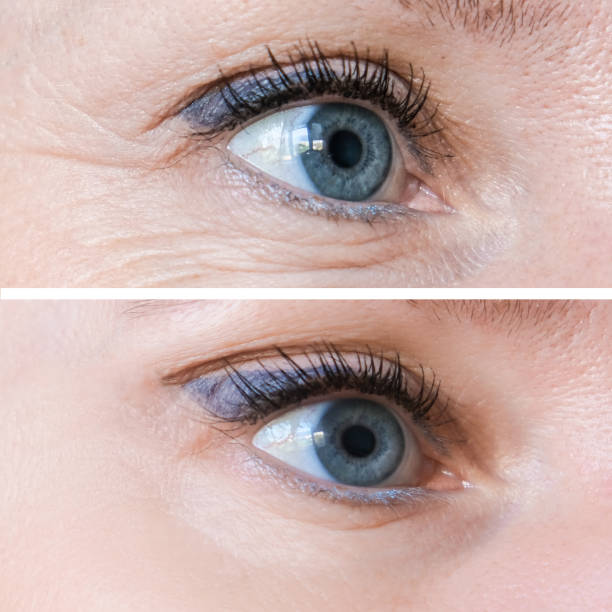Eyelid Anatomy for Blepharoplasty
Have you considered having cosmetic plastic surgery to correct your aging eyes? Fortunately at Toronto’s Elements Spa board-certified cosmetic plastic surgeon Dr. Adibfar can help customize a plastic surgery to benefit and best suit your eye shape and chief concerns. In this article, we’ll look at the anatomy of the eye to help you distinguish between corrections as well as get some insight into eyelid surgery, or blepharoplasty.
The natural aging process can certainly take a toll on our physical bodies. The eyes and the delicate skin around them are easily affected by age, natural wear and tear, and other lifestyle factors such as diet and physical activity levels, smoking, pollution, genetics, excessive sun exposure and more. Many patients find that their eyelids droop, making them appear more lethargic as well as possibly inhibiting one’s eyesight altogether. Dr. Adibfar corrects this with his tailored blepharoplasty procedures. His astute knowledge of the eyes and surrounding areas helps him achieve the results his patients desire.
The skin, tissues, and muscles in and around the eyes form an intricate system that needs to be tended to delicately to assure optimal and natural-looking results from your blepharoplasty. The eyelid consists of skin that (as mentioned) can droop and become saggy. The muscles around the eye — specifically in the upper eyelid — function to open and close your eyes easily. The eyelid also consists of tissues alongside the muscle, fat pads, and a mucus membrane to cover the inside of the eyelids. Other functional areas of the eyes include the tear ducts, pupils, irises, conjunctivas, and more. All these complex facets help keep the eyelids structured and allow you to see clearly and effortlessly.
An eyelid lift is typically performed on patients with sagging, hooded, or droopy eyelids. As we age our skin becomes more lax allowing for the tissues around our eyes to loosen and sag. The lift, or blepharoplasty, corrects this by removing excess skin, tissue, and/or fat, allowing the eyes to appear more open, refreshed, and younger-looking. For patients with naturally hooded eyelids, this procedure allows the lids to be corrected, resulting in clearer eyesight. For patients with excess fat pads under the eyes, Dr. Adibfar can also correct this easily by removing the right amount of fat and tissue below the eye, resulting in beautiful results that allow the patient to look younger, energized, and more vibrant.
Fortunately, a blepharoplasty is a simple and efficient procedure done under local anesthetic. Small incisions are made to gain access to skin and underlying tissues including fat. Once removed, sutures are strategically placed so that after full healing the incisions will be unrecognizable to peers or the naked eye. Sutures are then removed and the eyes heal beautifully.
Click here to learn more or to book a consultation with one of Toronto’s leading board-certified cosmetic plastic surgeons, Dr. Adibfar.

